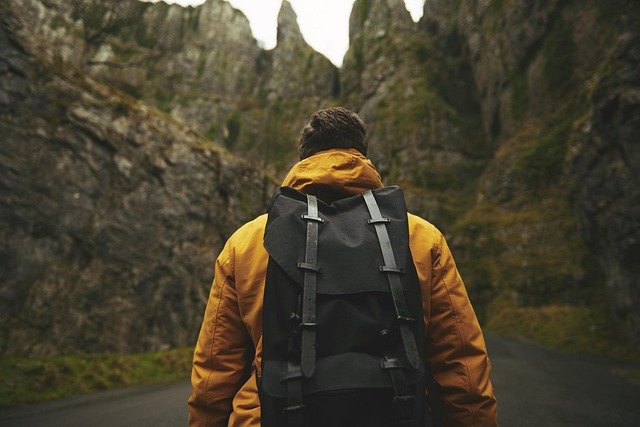Buying backpacks in bulk isn’t just about finding the cheapest option—it’s about choosing bags that meet your needs for durability, design, comfort, and purpose. Whether you’re a school administrator, nonprofit buyer, corporate gift planner, or retail wholesaler, the right bulk backpack decision can save time, money, and a lot of future hassle.
Let’s walk through everything you need to consider when selecting backpacks in large quantities.
1. Know Your End User
Start by understanding who will be using the backpacks:
- Students (Elementary to College): Young children need smaller, lightweight, colorful designs. Older students often require padded laptop compartments and reinforced bases.
- Nonprofit/Relief Efforts: For donation drives, refugee kits, or emergency supplies, simplicity, durability, and low cost per unit matter most.
- Corporate or Event Giveaways: Branding, customization, and style may take priority for promotional backpacks.
- Travelers or Outdoor Use: High-capacity, weather-resistant materials and ergonomic design are key.
Knowing your audience ensures you pick bags that are functional, comfortable, and suited for the user’s needs.
2. Choose the Right Size and Capacity
Backpacks come in a range of sizes, often measured in liters or inches. Your bulk order should match the average usage of your audience:
- 12–16L: Good for children and basic daypacks
- 20–28L: Ideal for middle/high school and general purpose
- 30–40L+: Best for travelers, heavy-duty school use, or tech gear
Other things to consider:
- Multiple compartments vs. single pocket
- Padded laptop sleeves
- Organizer panels, pen holders, key clips
- Side pockets for water bottles
3. Pay Attention to Material and Construction
Even in bulk orders, quality matters. Watch out for cheap materials that fall apart after minimal use.
Recommended features:
- Polyester or nylon fabric (400D or higher)
- Reinforced seams, especially at the straps and base
- High-quality zippers like YKK or metal pulls
- Padded and adjustable shoulder straps
- Water-resistant coating for outdoor use
Test samples, if possible, before confirming a large order.
4. Explore Customization and Branding Options
For schools, companies, or events, branded backpacks help elevate your image. Check for options like:
- Embroidered or screen-printed logos
- Custom color panels or zipper pulls
- Branded hangtags or inside labels
- Personalized packaging (for retail or VIP orders)
Minimums and costs vary, so ask your supplier upfront about timelines and design specs.
5. Understand Pricing Tiers and MOQ (Minimum Order Quantity)
Most wholesale backpack suppliers have pricing tiers:
- Lower pricing for larger quantities
- MOQ often starts around 50–100 units
- Some may offer better rates at 500+, 1,000+, or container-level orders
Negotiate if you have long-term plans or can commit to repeat orders.
6. Evaluate Lead Time, Shipping, and Fulfillment
Large orders take time to produce and ship. Ask about:
- Standard lead time: Usually 2–6 weeks, depending on customization
- Domestic vs. overseas production: China, Vietnam, and India often offer cheaper rates but longer timelines
- Shipping method: Sea freight (cheaper, slower) vs. air (faster, costly)
- Freight and customs handling if importing
Confirm return/replacement policy for defective units and backup timelines for urgent projects.
7. Request Samples and Check for Quality Consistency
Before making a commitment:
- Ask for a physical sample
- Test zippers, stitching, and comfort
- Evaluate print quality if branding
- Compare the sample to the product spec sheet
Consistency is critical when buying in bulk. A single great sample is no guarantee that the other 499 bags will match.
8. Look for Eco-Friendly Options (If Relevant)
If your organization values sustainability, ask about:
- Recycled polyester or cotton options
- Biodegradable packaging
- Certifications (like GRS or OEKO-TEX)
- Low-impact dyeing processes
Eco-conscious options are increasingly available in bulk.
Final Word
The right bulk backpack should balance cost, quality, usability, and branding. Take time to research your audience’s needs, confirm quality with samples, and work with suppliers who are transparent and supportive.
For schools, nonprofits, events, or retail programs, the success of your backpack distribution starts with making smart buying choices upfront.

